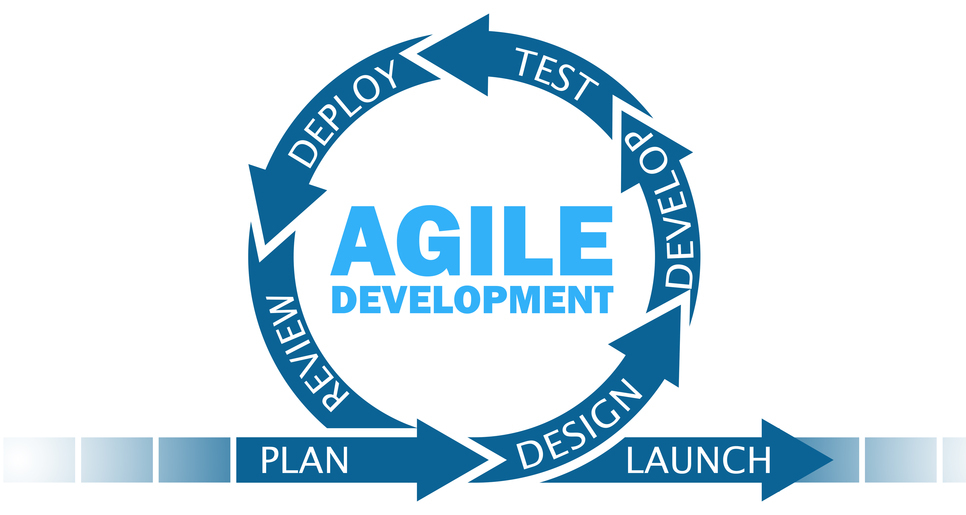Agile emphasizes flexibility, collaboration, and iterative development, enabling teams to respond to changing requirements and deliver high-quality software in a more efficient manner. However, to ensure that quality is not compromised in the pursuit of speed, it’s crucial to integrate effective Quality Assurance (QA) practices seamlessly into Agile sprint cycles. In this article, we’ll explore the best practices for Agile QA to maintain the balance between speed and quality.
1. Collaborate Early and Often:
In Agile, collaboration is key. QA professionals should be involved from the project’s inception, collaborating with developers, product owners, and other stakeholders to ensure that quality considerations are integrated into every aspect of the project. By participating in discussions and understanding the requirements from the outset, QA teams can identify potential pitfalls and areas of concern.
2. Embrace Test-Driven Development (TDD):
Test-Driven Development is a fundamental Agile practice that involves writing tests before writing the code. By implementing TDD, developers and QA professionals work closely together to define acceptance criteria and write tests to validate those criteria. This approach not only ensures that the software meets the specified requirements but also simplifies the QA process, as automated tests are continuously created and run throughout the development cycle.
3. Automate Testing:
Automation is a cornerstone of Agile QA. Automated testing helps expedite the testing process, allowing for rapid feedback and reducing the risk of human error. Continuous Integration (CI) and Continuous Delivery (CD) pipelines enable automated testing to be seamlessly integrated into the development process. Regression tests, unit tests, integration tests, and acceptance tests should all be automated to ensure that changes made in one sprint do not break existing functionality.
4. Prioritize and Plan Testing Activities:
Agile teams must prioritize testing activities based on the most critical and high-impact features. This allows for efficient allocation of resources and ensures that the most important aspects of the software are thoroughly tested. Moreover, a well-defined test plan should be established for each sprint to outline what needs to be tested, what doesn’t, and what criteria will be used to determine when testing is complete.
5. Implement Shift-Left Testing:
Shift-Left testing is the practice of moving testing activities earlier in the development cycle. By doing so, potential issues can be identified and addressed before they become more costly and time-consuming to fix. This approach includes static code analysis, peer reviews, and other proactive measures that help maintain software quality throughout the Agile process.
6. Conduct Exploratory Testing:
In addition to automated testing, Agile teams should incorporate exploratory testing to simulate real-world user scenarios and discover unexpected issues. Exploratory testing allows QA professionals to leverage their domain expertise and creativity to uncover defects that might not be apparent through automated tests alone.
7. Use Test Environments Wisely:
Efficient test environments are vital for Agile QA. To avoid bottlenecks, organizations should invest in infrastructure that supports parallel testing and allows multiple teams to work concurrently. Moreover, provisioning and managing test environments should be automated to reduce delays and improve resource utilization.
8. Foster a Culture of Continuous Improvement:
Agile QA is an evolving process. Teams should regularly assess their testing practices and look for ways to improve efficiency, effectiveness, and collaboration. Retrospectives at the end of each sprint provide a valuable opportunity to discuss what went well, what didn’t, and how QA practices can be enhanced in future iterations.
9. Maintain Clear Communication:
Clear and open communication is essential to the success of Agile QA. Teams should use collaboration tools, hold daily stand-up meetings, and maintain transparency through shared documentation. This ensures that everyone is on the same page regarding testing progress and potential issues.
10. Focus on User Experience (UX):
While functional testing is critical, Agile QA should not overlook the user experience. Testing should encompass usability, accessibility, and performance aspects to ensure the end-users have a satisfying experience with the software.
Conclusion
Agile QA best practices revolve around proactive involvement, test automation, continuous collaboration, and a commitment to quality throughout the development process. By seamlessly integrating QA activities into Agile sprint cycles, organizations can deliver software that not only meets user expectations but does so rapidly and efficiently. Remember, Agile QA is a journey of continuous improvement, and by following these best practices, your team can navigate it successfully and ensure both speed and quality in your software development projects.


